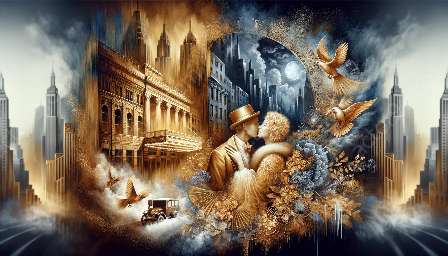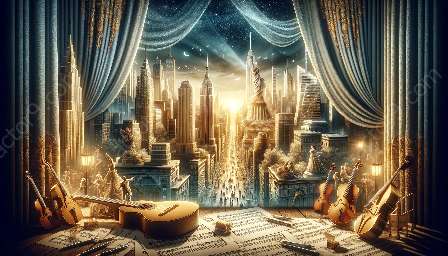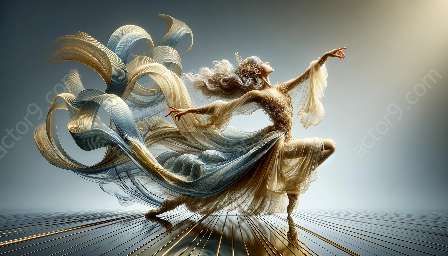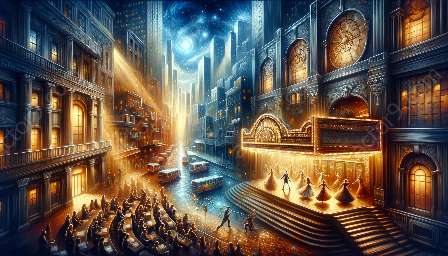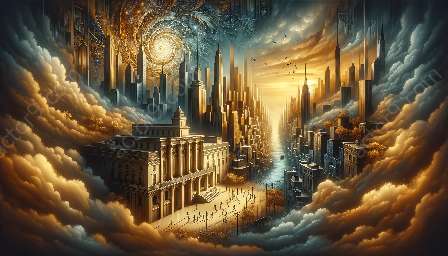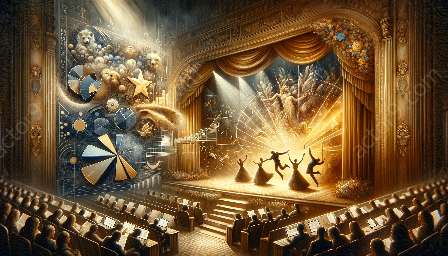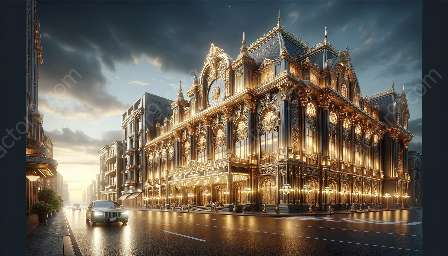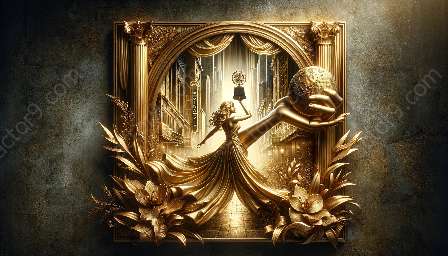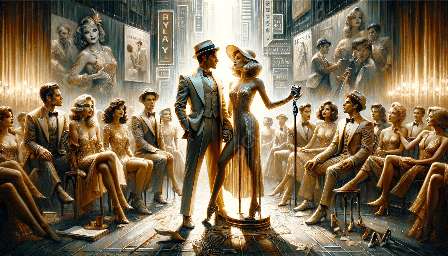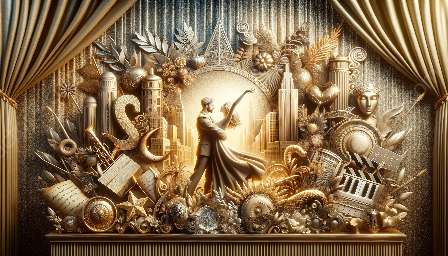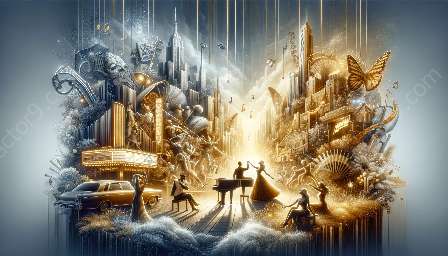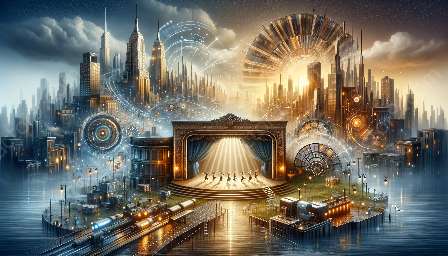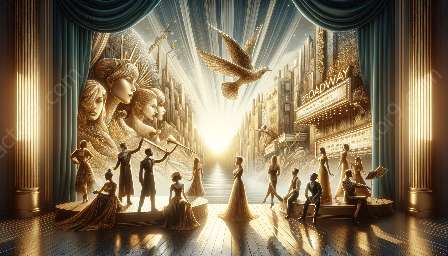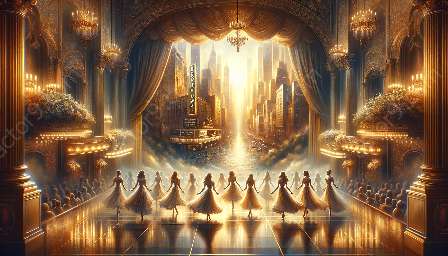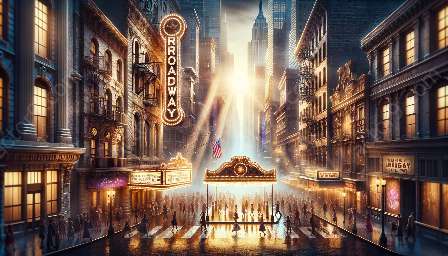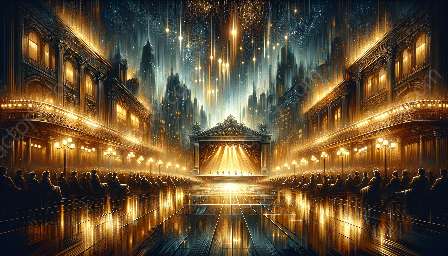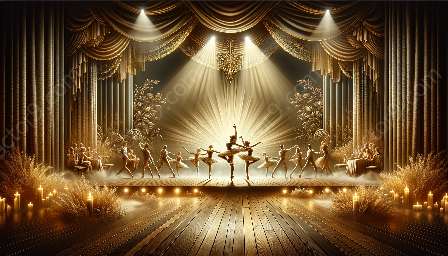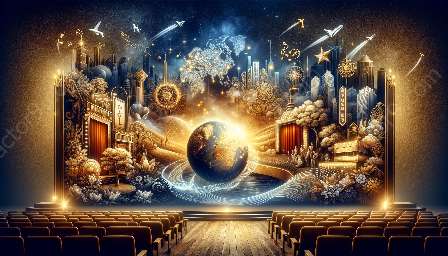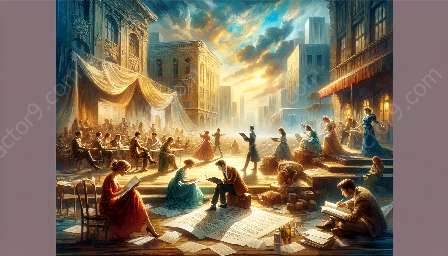The world of musical theater is a dynamic and multifaceted realm where choreography serves as a critical tool for storytelling and expression. When it comes to understanding the role of gender and identity in choreographic choices, particularly in the context of Broadway and musical theater, an intricate web of influence emerges.
Setting the Stage: Gender and Identity in Broadway Choreography
Choreographic decisions in musical theater are deeply rooted in the exploration of characters' emotions, motivations, and relationships. Gender and identity play a pivotal role in framing these aspects, as they shape the ways in which performers convey narratives through movement.
Historical Context and Evolution
Historically, choreography in musical theater has been heavily influenced by societal constructs of gender roles and identities. Traditional Broadway performances often upheld stereotypical portrayals of masculinity and femininity, reflecting the cultural norms prevalent during their time.
However, as societal perceptions and understandings of gender and identity have evolved, so too has the choreographic landscape on Broadway. Contemporary choreographers and creative teams are increasingly committed to representing diverse gender identities and experiences, further enriching the storytelling potential of musical theater.
Choreographing Identity: Embracing Diversity and Inclusivity
One of the most impactful aspects of gender and identity in Broadway choreography is its ability to challenge traditional narratives and redefine cultural norms. Choreographers have embraced a broad spectrum of gender expressions, showcasing the complexity and diversity of human experiences through dance.
By incorporating a rich tapestry of gender expressions and identities, choreographers are able to create dynamic and authentic representations of characters, allowing performers to explore and inhabit a wide range of emotional and physical states.
Intersectionality: Amplifying Voices and Perspectives
It's essential to acknowledge that gender and identity intersect with various other aspects of diversity, including race, ethnicity, sexuality, and more. Broadway choreography has become a space where these intersecting identities are celebrated and given prominence, offering audiences a more comprehensive and inclusive experience.
As choreographers navigate the complexities of gender and identity, they have the opportunity to amplify marginalized voices and shed light on underrepresented narratives, fostering a more nuanced and empathetic understanding of the human experience.
Impact on Audience Reception and Cultural Discourse
The influence of gender and identity on Broadway choreography extends beyond the creative process and into the realm of audience reception and cultural discourse. Authentic and resonant choreographic choices have the power to evoke empathy, understanding, and solidarity among audiences, encouraging meaningful conversations about gender, identity, and representation.
Furthermore, by showcasing diverse choreographic perspectives, Broadway productions have the potential to challenge and expand societal perceptions of gender and identity, fueling important dialogues and contributing to the progress of social change.
Conclusion: Embracing Diversity in Broadway Choreography
Gender and identity are fundamental elements that infuse Broadway choreography with depth, resonance, and authenticity. By embracing diverse perspectives and experiences, choreographers continue to redefine and elevate the art of musical theater, offering audiences rich and transformative storytelling experiences that reflect the multifaceted nature of the human spirit.
In conclusion, the interplay of gender and identity with choreographic choices in musical theater, particularly on Broadway, exemplifies the profound impact of inclusivity and diversity in shaping performances and narratives through the powerful language of dance.


